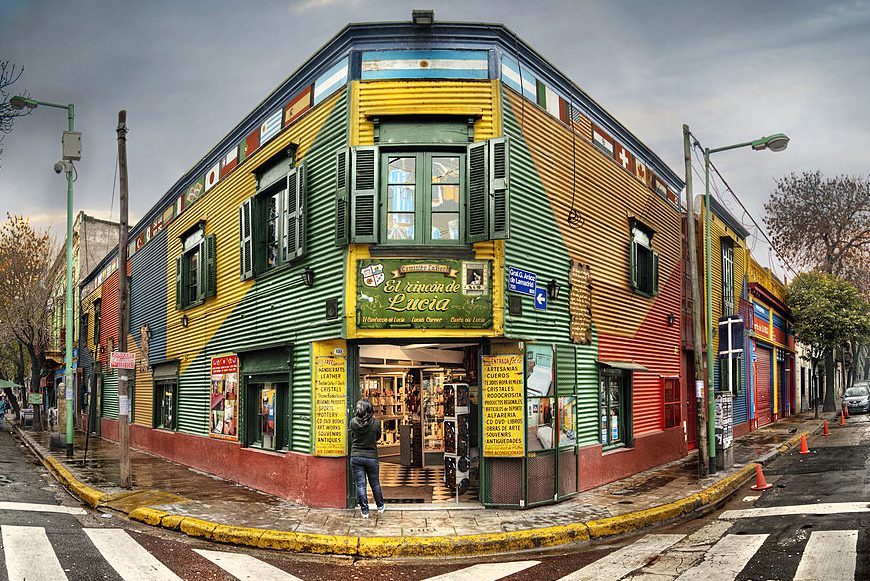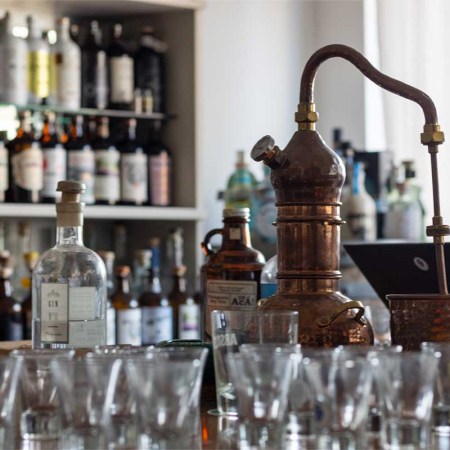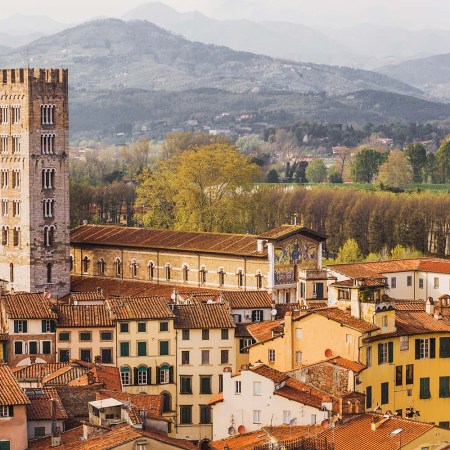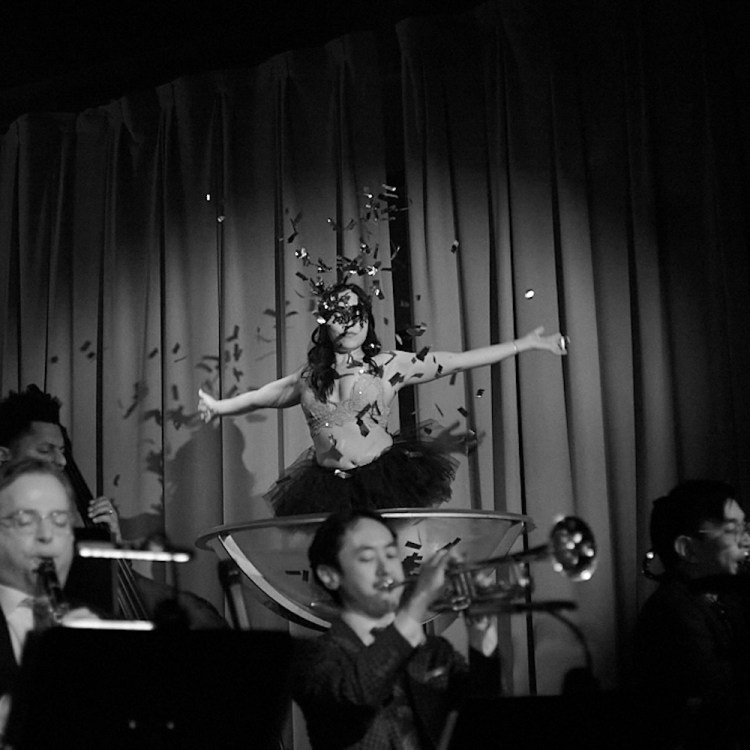This is Concierge Confidential, a series in which we learn about a city’s best-kept secrets from people who specialize in exactly that: long-serving concierges from the swankiest hotels in town.
When Martin Rey started working as a hotel doorman in Buenos Aires more than 20 years ago after studying at the Perito Moreno Institute, he was, by his own admission, the shortest guy working the door in town.
“When I wore the cape you couldn’t see my feet,” he tells InsideHook with a laugh. “It probably looked like I was on wheels.”
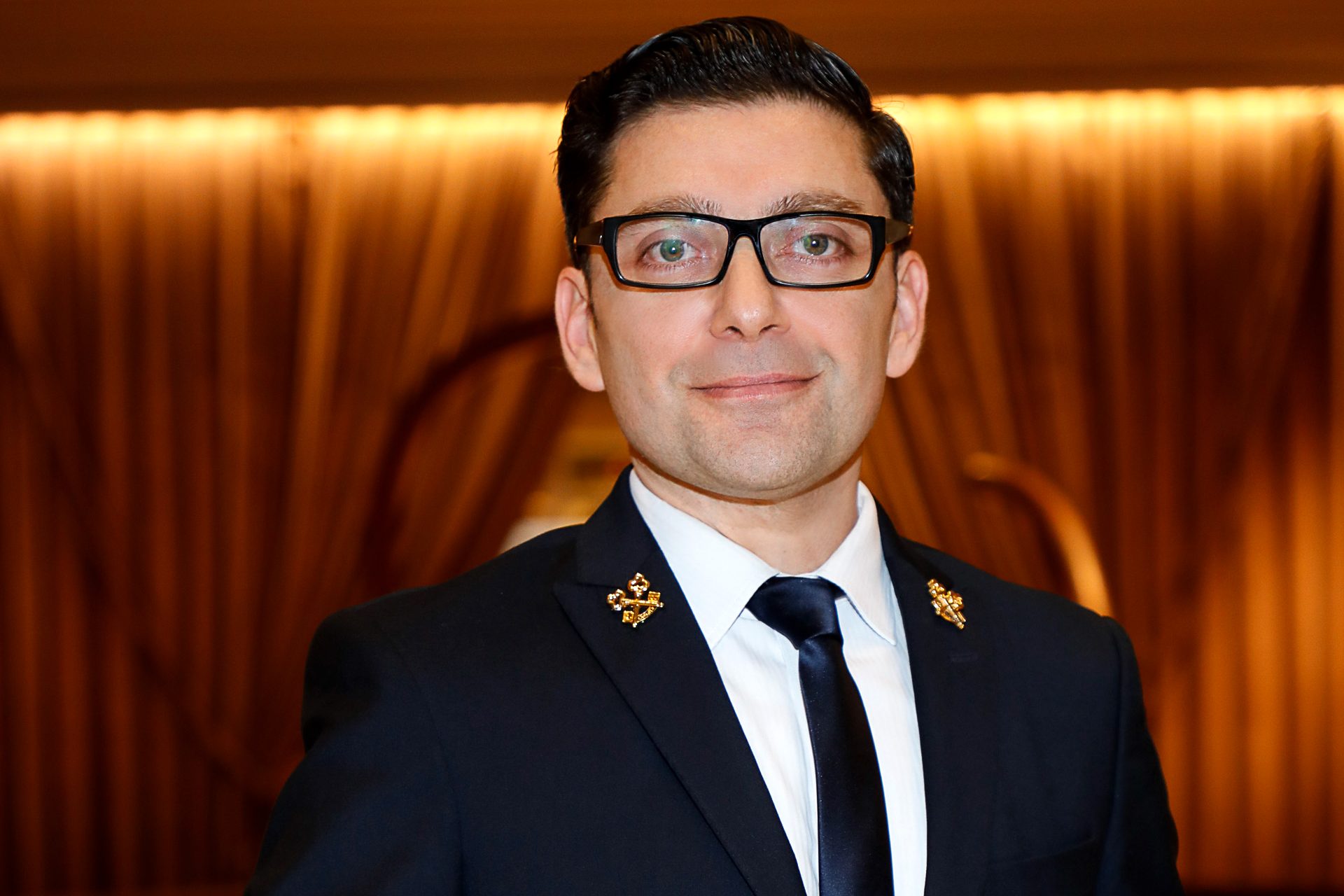
While Rey hasn’t grown much physically since then, his knowledge of the hotel business in Buenos Aires certainly has, and he’s moved through the ranks to become the Chief Concierge at the Sofitel Buenos Aires Recoleta as well as the president of Les Clefs d’Or Argentina.
Given Rey’s breadth of experience in the Paris of South America, we thought he’d be a good person to ask about the where to go, things to do and what to eat in the bustling cosmopolitan city that’s known for European architecture, gigantic steaks and lots and lots of Malbec. And don’t cry — there’s some intel on Evita too.
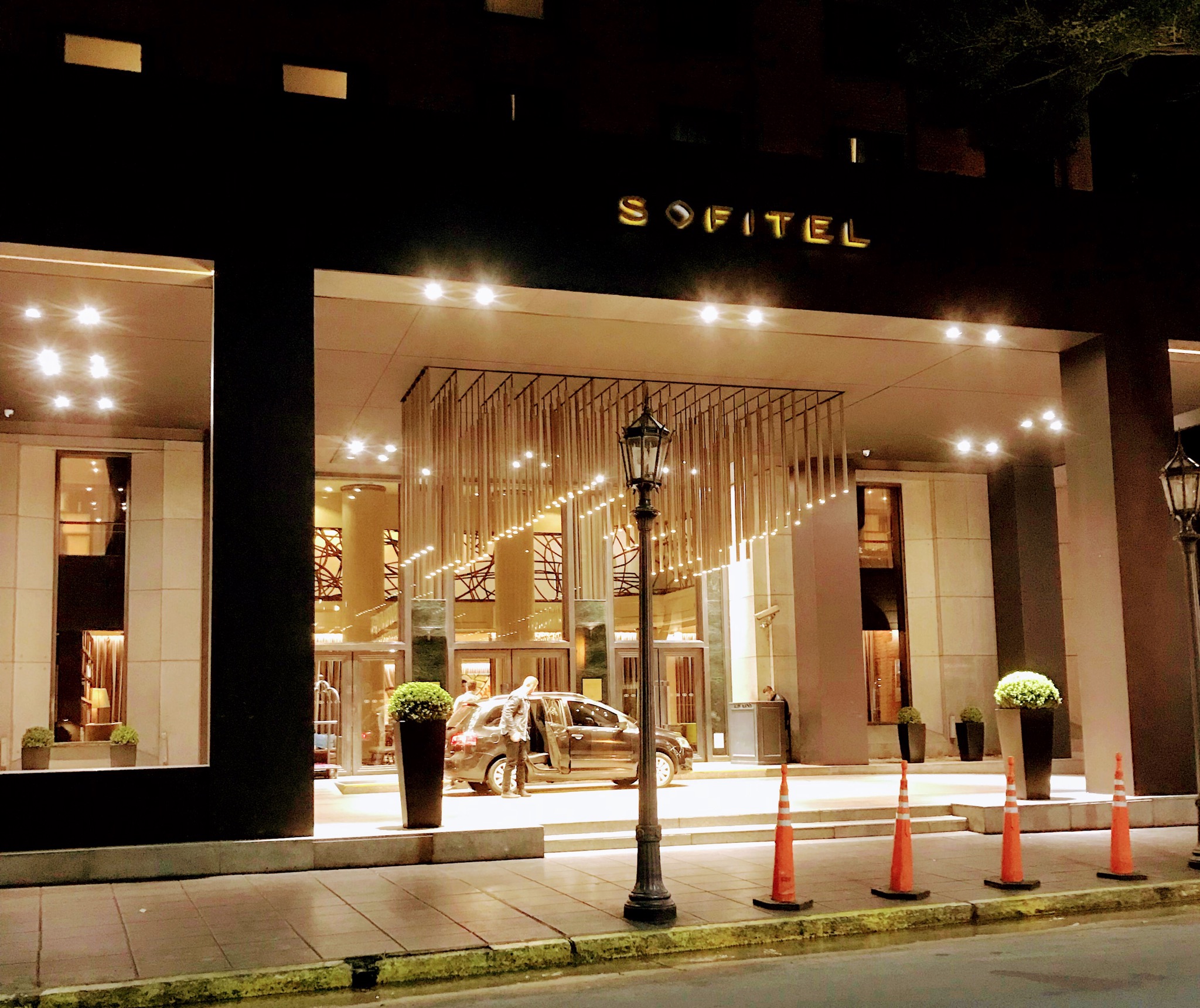
What do you think is the most under-visited neighborhood in the city?
I would say Villa Crespo. Everybody calls it a little part of the Palermo neighborhood because it’s right next to it, but it’s actually another neighborhood — they’re trying to sell the name. It’s very nice and has all this neighborhood ambiance, very nice energy. You’ll see regular people hanging around, walking their dogs and reading the paper. It has very interesting alternatives and attractions in terms of art and art galleries with some restaurants and small bars. I lived there for a few years. I lived in Palermo for a few years as well, and I liked Villa Crespo better.
Is there anywhere in Villa Crespo you’d suggest to go?
There’s a place called i Latina. It’s an excellent gastronomic experience. It’s really, really amazing. It’s like a tasting menu of several courses and it’s located in a really, really nice and old house in the middle of nothing in Villa Crespo. It’s the only restaurant that you will find there and the rest of the buildings that are on the street are regular houses. So it’s like a treasure … you go there, explore the neighborhood a little bit and then stay for dinner.
The La Boca neighborhood is very touristy. Is there a good place to go?
I would say there are a few restaurants in the surroundings of Caminito Street, like El Obrero, which is a very nice place. And right next to Caminito there is a private museum called Fundacion PROA that has a beautiful cafeteria and on the third floor — there is a very nice terrace with a view of the Riachuelo river. You’re just one step from Caminito, so you have to do it because it’s a highlight, but the rest of the neighborhood, I wouldn’t say it’s that recommendable for guests to explore. Some people go to the soccer stadium, especially when Boca is playing. It’s crazy when Boca plays against River — the whole country seems to collapse. We call it the super classic. It’s really cultural and very interesting to see what happens to people even if they don’t like soccer. Many places make choripan over there — sausage sandwiches.
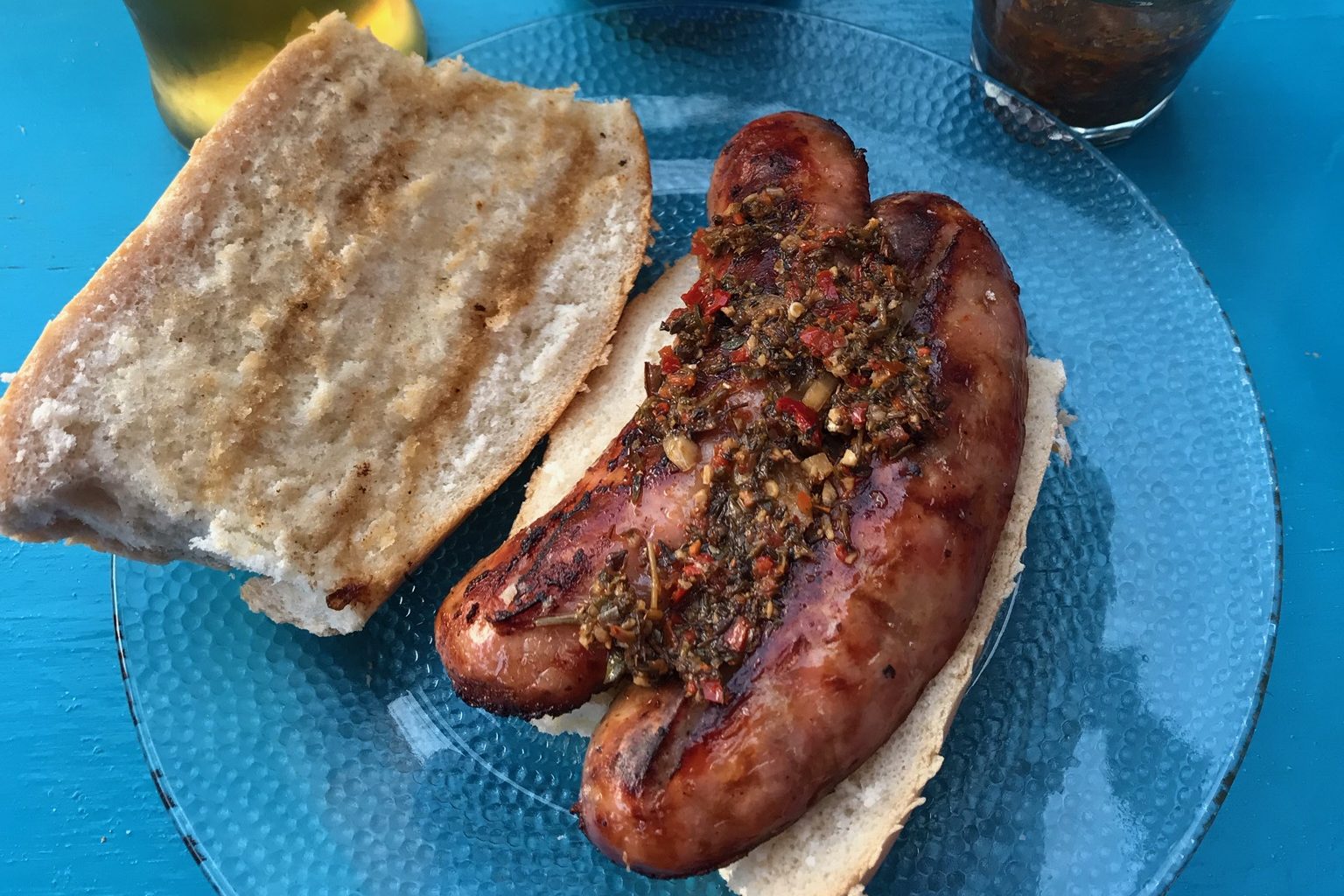
Can you explain about the city’s tradition of closed-door restaurants?
There are a few here. Casa Coupage is one of them. It started with chefs inviting their friends to hang out at their home and to experience their cuisine. And then a friend brought a friend and it started to get bigger. Then they decided they should start charging for it. Now, closed-door restaurants only work with reservations and usually they are small and you can sit with other people. It’s fun when you get to chat with the owner of the house and usually it’s the chef so it’s very intimate.
What’s the best way for people to find those and make a reservation?
Asking the concierge, of course. Depending on the place and the season, I would say it should be done a week or a few days out.
Other than choripan and steak, is there a local dish people should get?
We all, or most of us, have Italian and Spanish roots, so I would say we have excellent Italian food and excellent Spanish food. So I guess Mediterranean in general. Very good fish, seafood and of course pasta. We grew up with lots of pasta, not only steak and not only meat. But in Buenos Aires, you will find all kinds of cuisine from all over the world. Locals go to Armenian restaurants. We like Arabian food and Jewish food is very hip nowadays … Peruvian and Japanese as well. There’s a lot of Japanese culture here in Buenos Aires, but go for Italian and Spanish food especially I would say. In most of the places that you will find good steak, you will also find good seafood.
What’s a seafood dish that you think most places do well?
Octopus.
If I do want to get a great steak — not at Don Julio — where do I go?
Don Julio is very popular, but in my opinion, I would go to a place called La Pecora Nera Grill that is just five minutes walk from here. The La Pecora Nera itself was a restaurant that’s around seven years old the chef is really, really good. They opened the grill less than a year ago in a beautiful mansion that’s right inside a boutique hotel. The food is excellent. They have excellent steak and seafood as well.
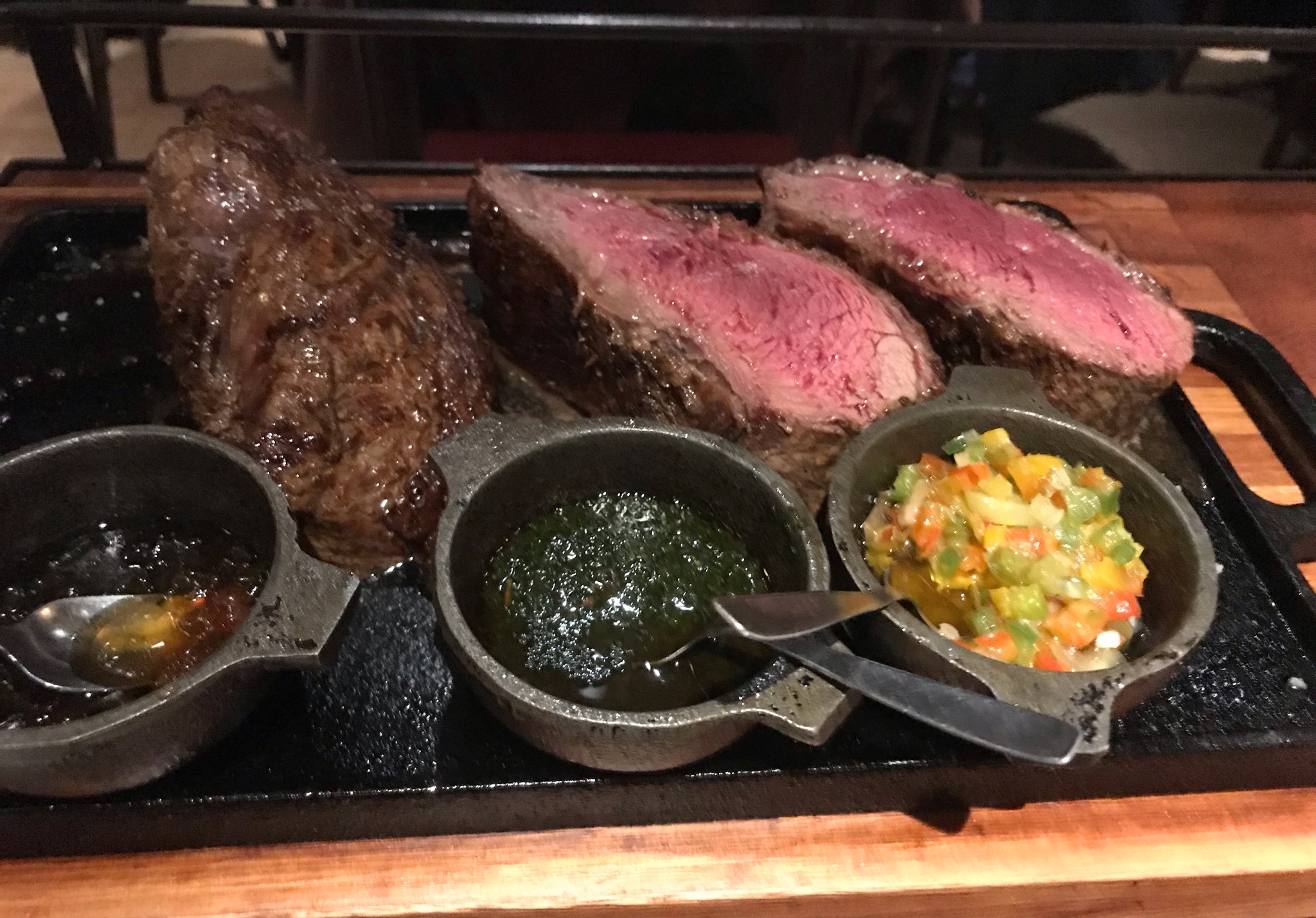
When is the best time to visit the city?
I would say September, preferably mid-September, because on the 21st of September we start our spring and you have all the flowers in bloom and there’s a different ambiance. It’s a different vibe in the air. Everybody’s leaving winter and it’s fun. We have a lot of parks and green areas that you can enjoy or you can relax in some cafeterias with the chairs and tables outside facing the parks. We have very nice areas to visit in the nice weather, like Puerto Madero for instance. The waterfront is very nice in winter and autumn, but I would say spring is the best and as summer is really hot for us here. So I would say spring.
If I only have a day, where should I go?
La Recoleta is a beautiful neighborhood to explore. It has very nice French architecture and also contains the La Recoleta Cemetery, where the mausoleum of Eva Peron is located. I would say take a tour there with a professional guide because you will learn about the importance of Evita in our history. She was very appreciative of the low classes and her mausoleum is really, really humble. She’s buried among all the wealthiest families that used to hate her because she didn’t belong to the high classes and was like a worker. It’s really representative and it’s a very nice metaphor that she’s buried there now. She’s very loved. And I would say that is a place to visit, not only for architecture but for the history itself.
If I only have a night, where should I go?
At night, I would go to a tango show to experience some tango. Not only to tango performed by professionals, but also to a Milonga. Milonga is where local people dance. So that will be a very nice combination between the two aspects of tango to see professionals dancing and some local people gathering to dance and just making these understandable gestures. You can have a glass of wine and watch. Trust me, at first, you won’t understand why and when they stopped dancing and why and when they start dancing again. But there is a reason why they do it. You just don’t get there and start dancing. There are several things you need to cover first.
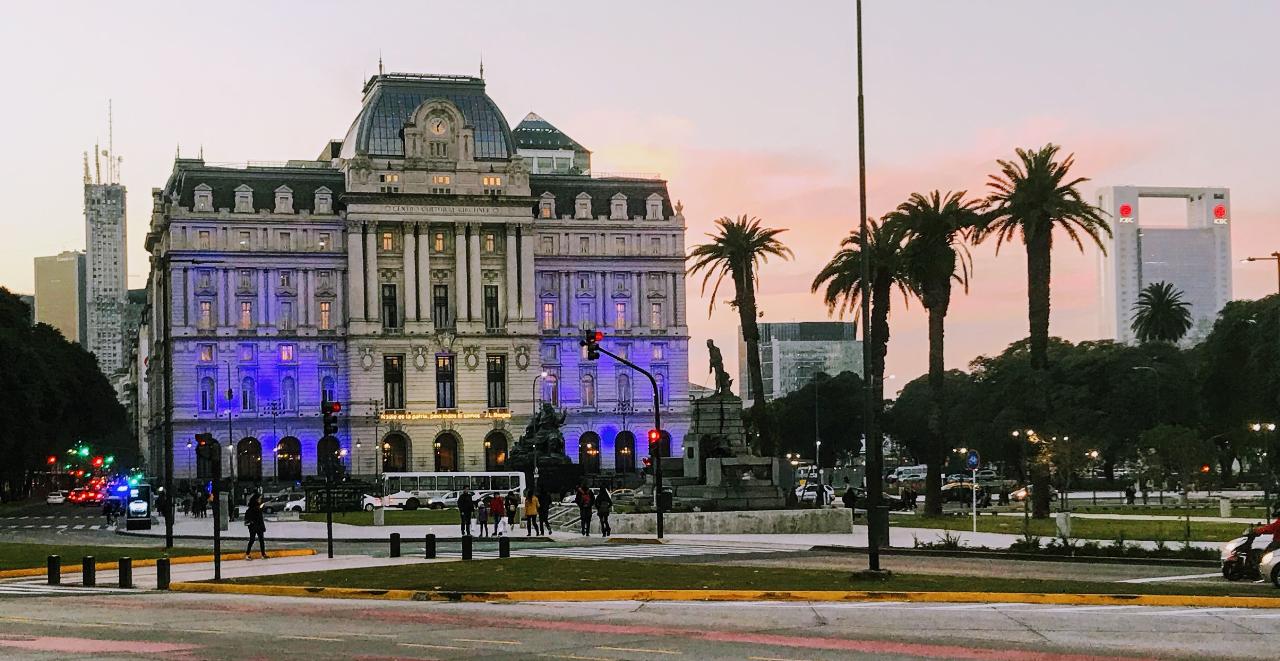
Is there a day trip outside of the city that you would suggest?
Yes, there’s a very nice polo ranch outside the city. Polo is very popular here. It’s called La Carona Polo Club, just one hour from here. It’s run by an agency called Polo Day Argentina. They come to pick you up here at the hotel and they visit Capilla Del Senor, which is the little town where the club is located. There are lots of museums and lots of warehouses where they make handicrafts and then you can visit the polo club itself. At the ranch, you can experience a Polo Clinic and you can see some really good matches. The owner of the polo field has around 200 horses.
Is there a coffee shop in the city that you really like?
I can think of two places. One of them is in Parlemo Soho and it is called Latte. It’s located in the heart of Soho and they have excellent coffee. It has just a couple of seats and that’s it. The other place would be Coffee Town in San Telmo inside the beautiful market called San Telmo Market. They have coffee from all over Latin America.
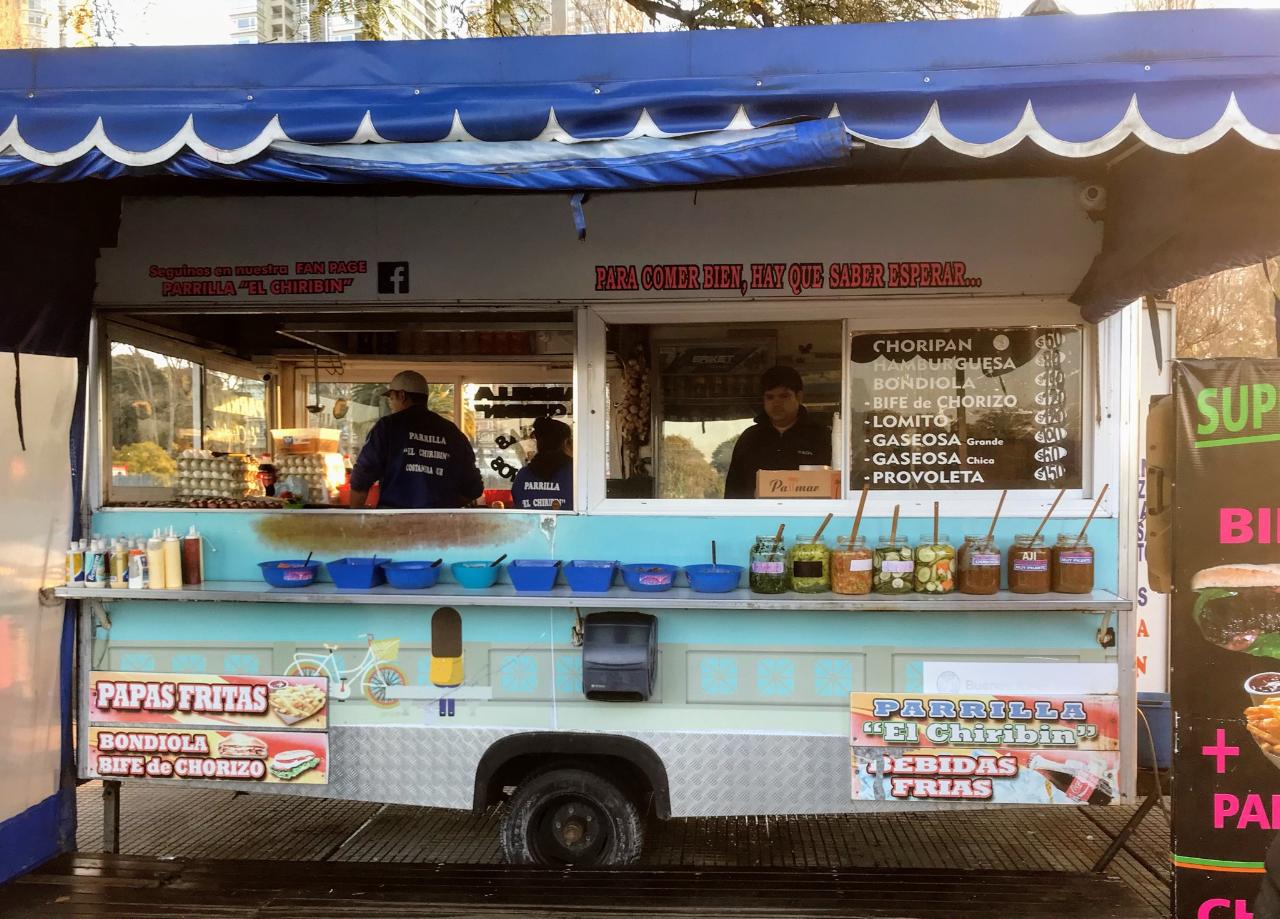
Is there a local custom or tradition visitors should be aware of?
We move our hands a lot. We come from Italian culture. So we speak loud. We are known worldwide for not being humble, for being showoffs and noisy. We are good people, though. I would say we like to touch, we like to hug, we like to kiss. We are very warm in that sense. So sometimes when you meet somebody and you don’t know where he comes from, you just give him a hug and he would go like, “Okay, give me some space,” but it’s just the way we do it.
Is there a local drink besides malbec that people should try?
Mate (mah-tay) is the most popular drink we have, but it’s not for everybody because it’s very strong and bitter. It comes from the yerba mate herb. It is very un-hygienic because it comes with a straw everyone shares. It’s a cup you put some herb in and then you put in almost-boiling water. Not boiled, because it will be ruined and burn the herb. So add hot water and then you start sipping. And once it’s finished you put water in again and you share it. So everybody shares everything. It’s very cultural. When you see your friend at someone’s home, you drink mate. It’s not that popular in restaurants or bars or cafeterias. But when you’re in the intimacy of a home, you do it. You can buy a mate cup and the herb as well anywhere.
Editor’s note: For now at least, you’ll get a lot of bang for your buck when converting U.S. dollars into Argentinian pesos — expect to pay about 50 cents for an empanada, $2-$3 for a beer and around $20 for a decent dinner for two. That said, to make the most out of your money, we’d suggest converting it into pesos once you are in Argentina to get the full exchange rate. At most exchange houses and national banks (some of which are in the airports), they are so eager to get American currency that the fees you’ll pay are negligible or even non-existent. That’s the reverse case in the States, so spend your pesos while you’re in Argentina, as it won’t be worth it to convert ’em back into greenbacks.
This article was featured in the InsideHook newsletter. Sign up now.
